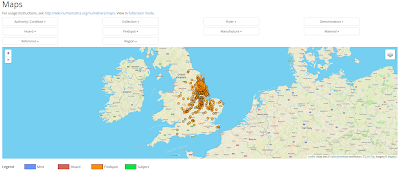Following the migration of the American Numismatic Society website and digital projects (including Nomisma.org) from our old Rackspace server to a new cloud server hosted by Amazon Web Services, the ANS website (Wordpress) has been fully migrated to use an SSL certificate and HTTPS. The same certificate has been applied to the other ANS digital projects to enable secure interactions via HTTPS URLs, but the old HTTP URLs do not forward automatically to HTTPS. The main reason for this is that http:// and https:// URIs are considered difference in Semantic Web applications, and migrating to HTTPS creates a number of unpredictable downstream effects for consumers of our machine readable data.
Those who use SSL in their own information systems and want to consume Nomisma or ANS machine readable data using Javascript in a web browser will be able to do so by replacing http with https in the web service URL.
The ANS IIIF image server has incorporated automatic forwarding to HTTPS, and so the advantage in this case is that other systems that use HTTPS (such as the Digital Library of the Middle East, Peripleo, Iron Age Coins in Britain, and other external aggregators) will be able to securely load JSON resources from IIIF manifests and the image server.



